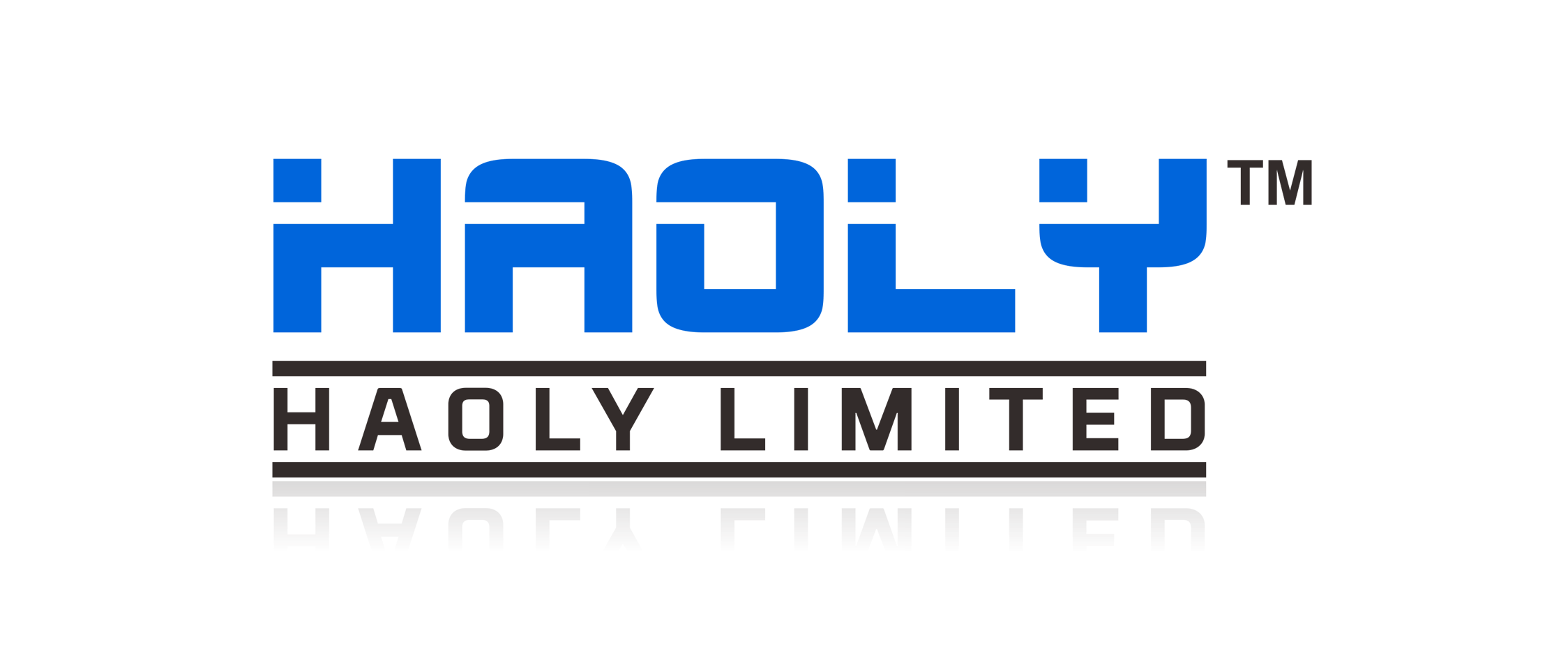Book sewing and perfect binding are two common methods used in bookbinding, and they have distinct differences in structure and the binding process.
- Book Sewing:
- Definition: Book sewing involves stitching book pages (or signatures) together using thread to create a durable binding.
- Characteristics and Advantages:
- Provides high durability, allowing books to withstand long-term use and frequent page turning.
- Ensures a secure connection between the pages, minimizing the risk of loosening or detachment.
- Offers visual enhancement by using different colors and types of thread.
- Suitable for thick books or those intended for long-term preservation, such as hardcover books and handcrafted bindings.
- Limitations:
- Book sewing typically requires more time for production as it is a relatively slow manual process.
- May not be as efficient for large-scale production compared to other automated binding methods.
- Perfect Binding:
- Definition: Perfect binding is a common bookbinding method that involves applying adhesive to the spine of book pages and firmly adhering them to a cover.
- Characteristics and Advantages:
- Perfect binding is a fast and relatively cost-effective binding method suitable for large-scale production.
- Provides a smooth back appearance and allows for the addition of text, logos, or other decorations.
- Suitable for softcover books and thinner publications, such as magazines, paperback books, and textbooks.
- Limitations:
- Perfect binding offers lower durability as the adhesive connection can easily loosen or break, especially with frequent use or long-term shelf life.
- Pages may become loose or detached, particularly in thicker or heavily used books.
- The back cannot fully open due to the adhesive, affecting the book’s flatness and page-turning experience.
In summary, the choice between book sewing and perfect binding depends on the intended use of the book, expected usage conditions, and production requirements. Book sewing provides enhanced durability and craftsmanship, while perfect binding offers speed and cost-efficiency for large-scale production.
 Haoly Machine
Haoly Machine
